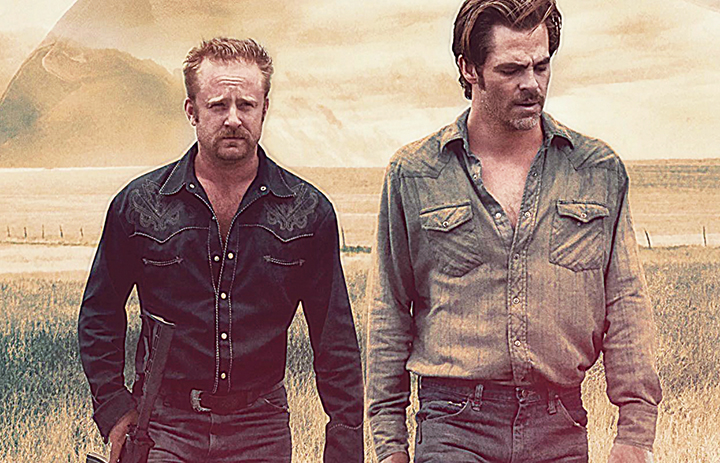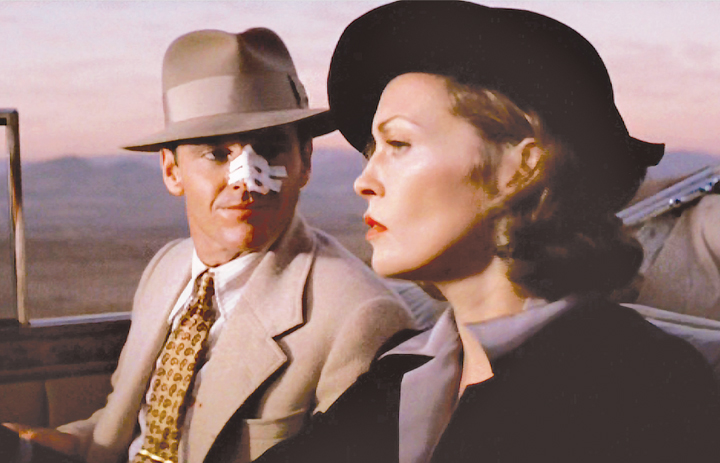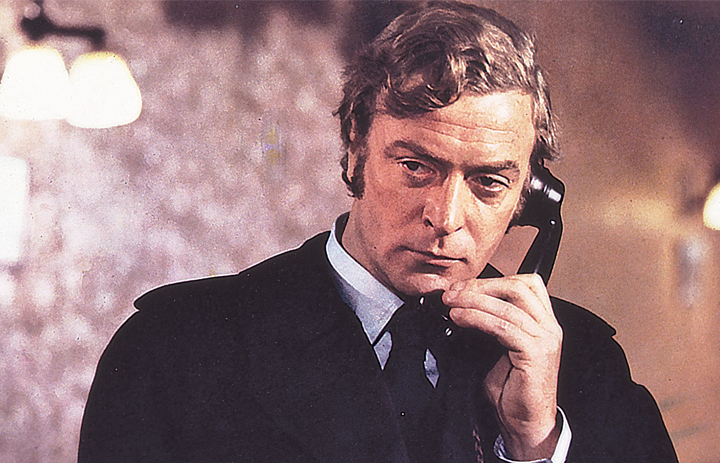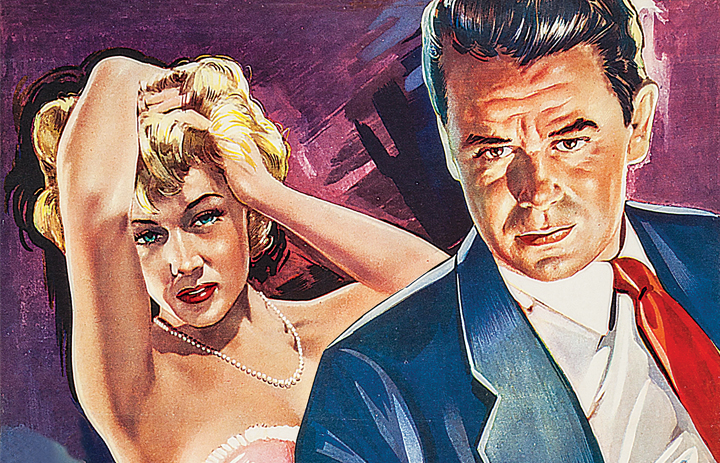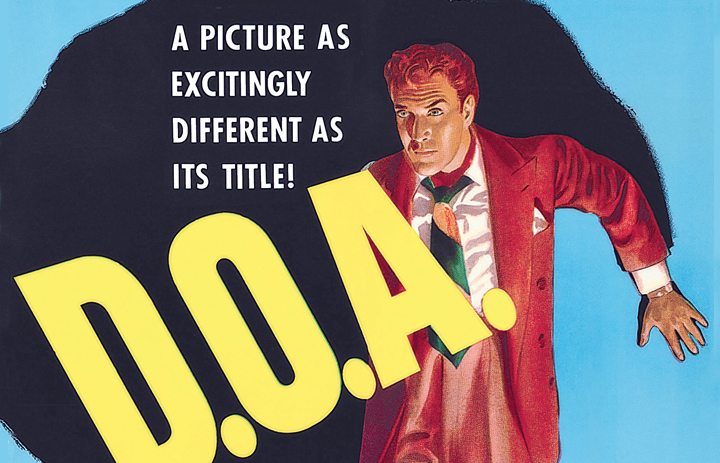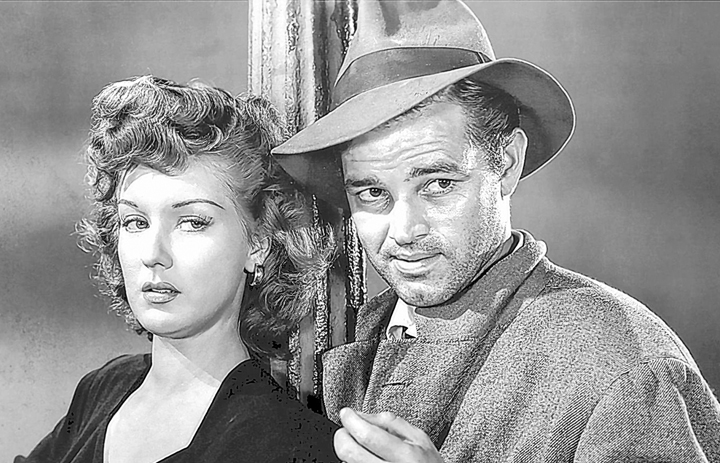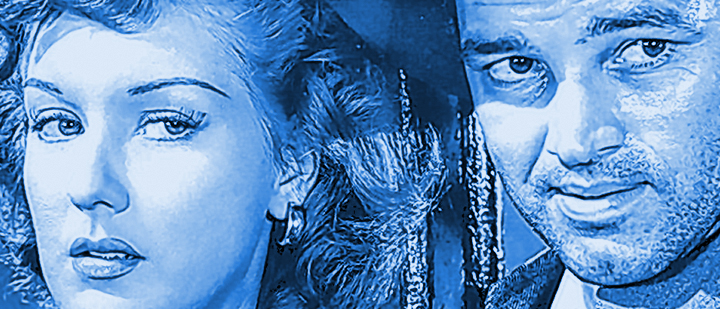
Explore genre’s dark allure
Stressed out over Covid-triggered cabin fever? Make it better, or worse, by watching some film noir. The genre will always be there during tough times, to make us feel like we would have made better life choices than its anti-heroes. Or would we? Following are some old standards and a new contender.
‘Hell or High Water’ (2016)
In a dismal, blighted, sun-bleached Texas, the Howard brothers — Toby (Chris Pine) and Tanner (Ben Foster) — have baggage: Their mother died of cancer while Tanner was incarcerated. Naturally, the Howards pick this moment to embark on a string of risky bank robberies. Steady rolling Toby needs money for his ex-wife and son, while loose-canon Tanner is helping out his brother — and getting some kicks in the process.
They are trailed by on-the-cusp-of-retirement sheriff Marcus Hamilton (Jeff Bridges) and his capable, personable wing man, Alberto Parker (Gil Birmingham), who is of Mexican and Comanche descent.
As the Howards continue their spree and the cops follow clues, we sense the love in both parties — even if Tanner is unstable, and Marcus takes pleasure in telling tone-deaf jokes about Alberto’s dual heritage.
David Mackenzie’s unhurried contemporary western sidesteps action-movie clichés.
‘Chinatown’ (1974)
Though flawed, “Chinatown” is a fine modern twist on the 1940s gumshoe noir, with all of the cigarettes, booze, arcane dialogue, plot twists and Venetian blinds required.
Jack Nicholson — hair slicked back, in finely tailored suits — is in his prime as laconic private eye J.J. “Jake” Gittes, who is not your father’s detached detective. Faye Dunaway gives the performance of her career as troubled beauty Evelyn Mulwray. John Huston is at once charming and creepy as power broker Noah Cross. The director of 1941’s “The Maltese Falcon,” Huston brings a palpable sense of history to this revisitation of the genre.
You’ve got to admire the paces director Roman Polanski puts his actors through. That’s really Nicholson swimming for his life and vaulting a fence. And that’s really Dunaway driving the getaway car.
‘Get Carter’ (1971)
A London hitman revisits his dreary hometown of Newcastle to attend his brother’s funeral — and find out how and why he died. You root for Michael Caine as steely-eyed gangster Jack Carter in Mike Hodges’ film, even though Carter is a terrible person doing terrible things.
After all, he sincerely cares about his niece (Petra Markham) — or is she his daughter? And if she throws a drink in your face at her presumed father’s wake, Carter will slip some dough in your pocket for the cleaners.
A confident man in spiffy suits, Carter is also quite the Don Juan. But he’s no gentleman, devising particularly gruesome retribution for his late brother’s sure thing (Dorothy White).
The gray, gloomy exteriors, lovingly photographed by Wolfgang Suschitzky, are like a postcard with the slogan: “You Won’t Like Newcastle.”
‘The Big Heat’ (1953)
In Fritz Lang’s “The Big Heat,” we meet two couples, but they aren’t exactly double-dating.
One is straight-arrow detective Dave Bannion (Glenn Ford) and his warm, funny wife Katie (Jocelyn Brando, sister of Marlon). Katie makes home a respite for Dave, whose stressful job and unpredictable hours wear on them both.
The other couple is sadistic mob enforcer Vince Stone (Lee Marvin) and his brassy girlfriend, Debby Marsh (Gloria Grahame). Debby has no allusions about where Vince’s loyalties would lie, should there be a contest between her and his gangster boss Mike Lagana (Alexander Scourby).
After a veteran policeman commits suicide, Bannion is assigned to the case. But he’s being a little bit too good at his job, according to his boss (Willis Bouchey).
Lang’s riveting film is deservedly considered a hallmark of noir.
‘D.O.A.’ (1949)
A distraught man stumbles into a police station to report a murder. The cops ask who the victim is. His reply: “Me.” Wha?
That’s the premise of Rudolph Maté’s “D.O.A.”: A man who is slipped a lethal dose of a slow-acting poison has hours to find out whodunit before, well, you know.
Edmond O’Brien — a year after his attention-grabbing role as an undercover cop opposite James Cagney in “White Heat” — stars in this low-budget noir that, while far south of a masterpiece, is a memorable genre entry.
O’Brien is a financial adviser who plays fast-and-loose with women, including his needy secretary (Pamela Britton). She wants wedding bells; he wants to play the field while keeping her on the hook.
We see several instances in which O’Brien could have been slipped the poison. His secretary exchanges their drinks in a bar; a stranger exchanges drinks in a bar; room service delivers drinks to his hotel room. (Yeah, there’s a lot of drinking in this movie.)
Much of the film is set in San Francisco, so be on the lookout for many shots of O’Brien running around amid recognizable landmarks such as the Golden Gate Bridge. Neville Brand gives an over-the-top performance as a sadistic henchman.
Somewhere along the line, the movie becomes as much about whether O’Brien is really getting what he deserves as who poisoned him.
‘Detour’ (1945)
As a mug who descends from a suave, if two-bit, pianist to an unshaven vagrant, Tom Neal wears a haunted, hunted look. It’s as if while he’s filming his scenes, he knows his bookie is waiting just outside the studio gate. (Neal’s real life wasn’t any prettier than his “Detour” one.)
He meets his match, and then some, in Ann Savage as a rough young dame with an extremely bad attitude. As styled and written, Savage is no beauty, which Neal notes in this inspired bit of narration: “Man, she looked as if she’d just been thrown off the crummiest freight train in the world.”
It’s obvious that Edgar G. Ulmer’s “Detour” was shot on the cheap and on the fly. But there is something in the assuredness of Ulmer’s storytelling — and especially in the earnestness of the performances by his two principals.
